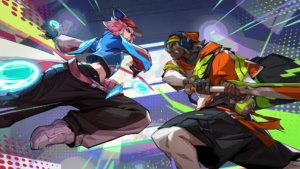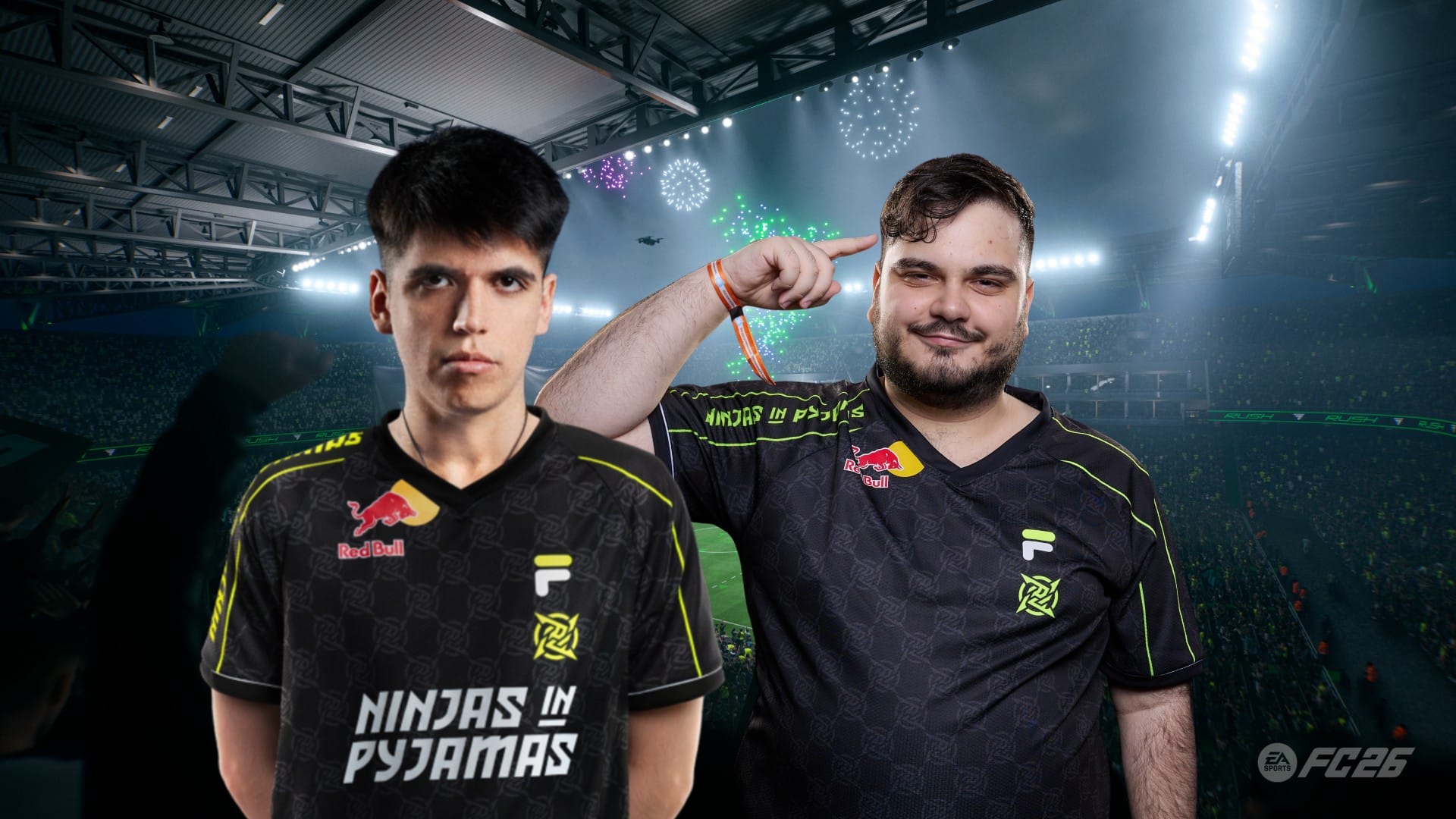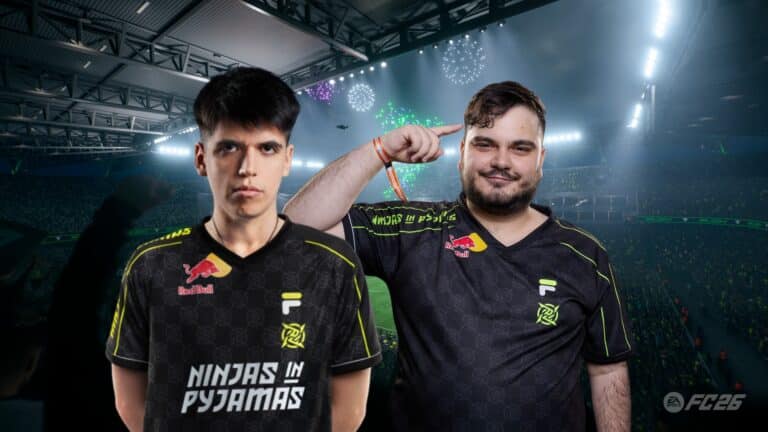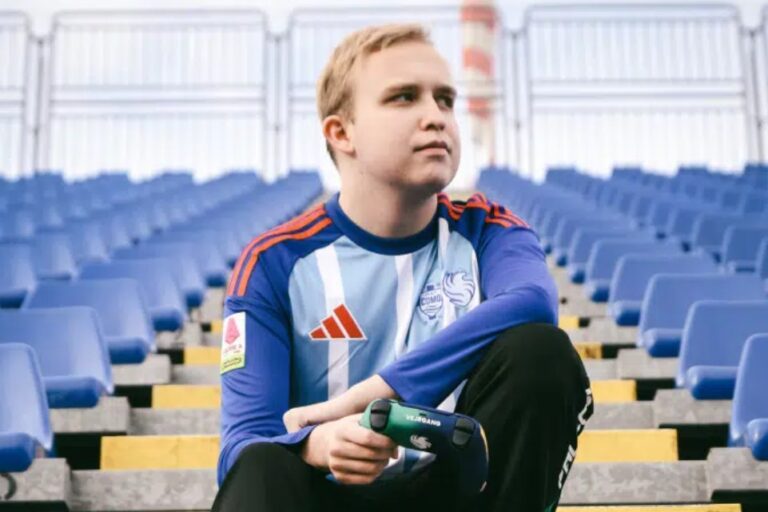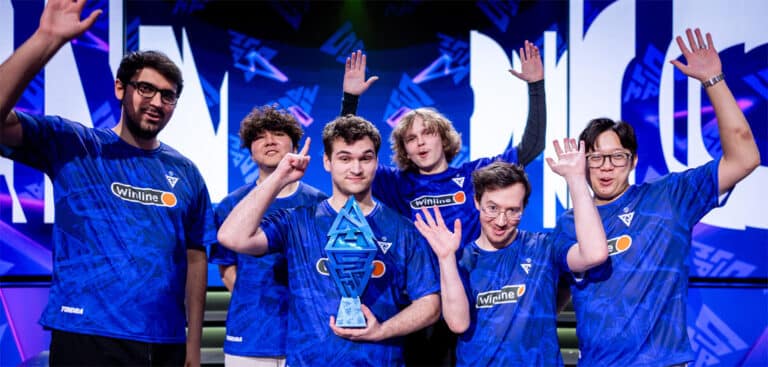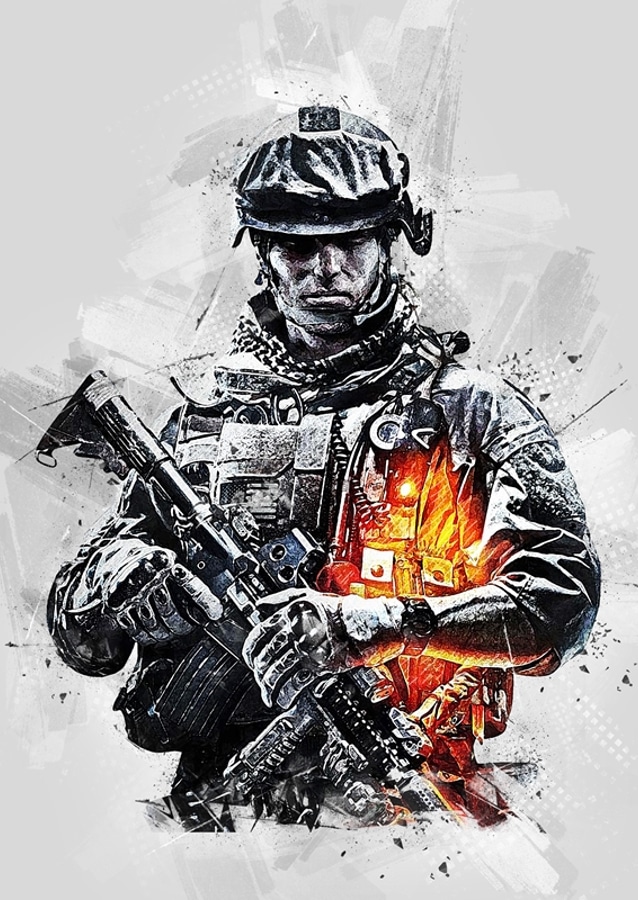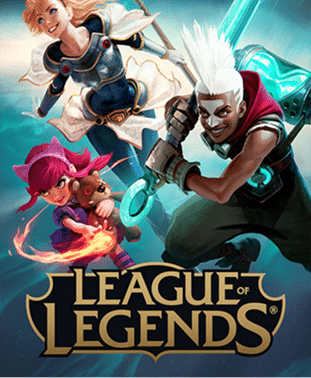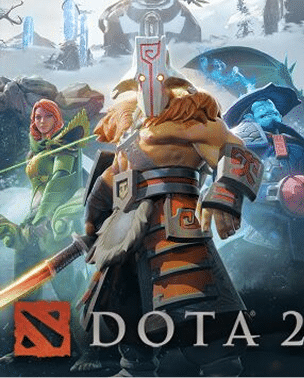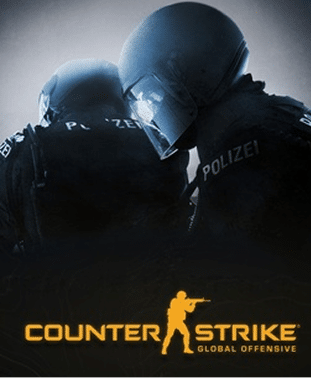Comparing IEM Katowice 2016 with the 2025 event: How has esports changed in almost a decade?
Dom Sacco, Senior Editor
Last Updated: 18/06/2025
Listen to the audio version of this article (generated by AI).
IEM Katowice content powered by Predator Gaming | Photo copyright: Helena Kristiansson, ESL Faceit Group
A lot can happen in esports in nine months, let alone nine years. Esports News UK editor Dom Sacco noticed several shifting themes at Intel Extreme Masters this year, compared to when he last visited the event (IEM Katowice 2016), from women’s esports to game titles, tech and more.
Have we gained enough, or lost too much? In this article, Dom attempts to explain what it all means and make sense of the changes, while reminiscing on what has been, and what could come next.
Stepping into the Spodek Arena for the first time back in 2016, I was filled with spirit and enthusiasm.
It’s a cliche, but the excitement in the air was palpable. There was this feeling of growth and potential in esports back then; things just seemed to be on an upwards trajectory.
More and more brands had a presence at the show’s expo, and teams like Dignitas, Fnatic and others were continuing to make an impact and pull in fans.
Only a few years prior, xPeke had pulled off that legendary backdoor play in Katowice.
Now, here I was, in Poland, to watch SKT T1 beat Fnatic in the IEM Katowice 2016 grand final, with the likes of Faker and Rekkles going up against one another. As someone who had been playing and following League of Legends since Season 3, I was in my element.
#IEM KATOWICE 2016
— T1 LoL (@T1LoL) March 6, 2016
Semi Finals #SKTT1 vs TSM
Entrance! #SKTWIN pic.twitter.com/Evu2xMFtm1
I was editor of trade publication PC Retail (aka PCR) magazine at the time of my initial visit, mainly covering distribution, retail, the PC and components market.
So when esports started to boom, I felt like I had found my calling. The tech brands I was writing about all had their eyes on competitive gaming. I covered it more, and set up Esports News UK in my spare time to cover the old ESL UK Premiership, never really looking back. Until now.
In 2016 at Katowice I had interviewed an Intel higher-up about esports, PC gaming hardware and VR. I tried out some new RealSense tech, and had my face temporarily added to Fallout 4.
“I don’t think it’s going to burst,” Intel’s Frank Soqui said. “I see gaming as a form of entertainment. It’s like asking: are movies going to go away? No, but you can transform the way you experience it and you’re seeing VR do the same thing.
“The best of our world is when the ecosystem is healthy and everybody is making money. Nvidia, ATI, our Original Equipment Manufacturers (OEMs), the case and accessory manufacturers, the software guys…”
How Intel put my face inside a PC game (warning, may cause nightmares) https://t.co/MDV2JmViib #IEM #Fallout4 pic.twitter.com/IyWcqPh0Rq
— Dom Sacco (@Dom_Sacco) March 5, 2016
Intel even told me they were thinking of bringing IEM to the UK.
“It’s about partnerships – it’s expensive to do those things,” said Intel’s George Woo. “But eventually we would love to bring it to the UK if we can find a show partner. It’s a strong market for Intel and we continue to look at the UK. If we can find a partner to get there, we will.”
That never happened, of course, unless you include the unofficial IEM Kettering that is (good old Epic.LAN)!
VR also proved to be a non-starter in esports.
“I don’t think esports is going to burst. I see gaming as a form of entertainment. It’s like asking: are movies going to go away? No, but you can transform the way you experience it and you’re seeing VR do the same thing.
Frank Soqui of Intel back at IEM Katowice 2016
While I can’t lambast Intel for this view, as they were right about gaming not going away, the lack of a focus on sustainability (from the industry in general back then) is now glaring.
Back in 2016, ESL founder Ralf Reichert also said esports audiences were still heavily underestimated and continuing to grow.
Today, that company he founded is a part of ESL Faceit Group and owned by the Saudi Arabian state’s Savvy Games Group. Sure, we now have Saudi’s $60m Esports World Cup, but we are also at the mercy of an increasingly few number of decision makers. If Saudi decides to back out of esports in the future, a lot of cards in this industry built on paper foundations will fall.
Streamers spend 20 billion minutes per month broadcasting, says @intel's Frank Soqui. #IEM pic.twitter.com/l75ynG2euS
— Dom Sacco (@Dom_Sacco) March 6, 2016
Anyway, going back to 2016, it’s easy to look back on those quotes above and point out the lack of focus on sustainability within team organisations, which ultimately led to the esports winter. But back then the outlook was overly positive, like I mentioned previously.
While I felt similar excitement stepping into the Spodek in 2025, like I did in 2016, I couldn’t help feeling sad about other games being dropped over the years.
Back in 2016, Katowice had League of Legends, StarCraft II, Hearthstone and even Heroes of the Storm, alongside Counter-Strike. We also had UK orgs like Reason Gaming taking part, and Exertus (RIP) in the women’s CS tournament.
We even UK champions at IEM Katowice 2016 in Dignitas’ Heroes of the Storm team, something repeated this month as Vitality won IEM Katowice 2025 complete with UK player mezii and team manager Aphi.
Looking back on the prize pools in particular, Katowice 2016 offered $250,000 in CS, $100,000 in LoL, $100,000 in Heroes of the Storm, $150,000 in StarCraft II, $30,000 in the women’s Intel Challenge Katowice tournament (more on that below) and $10,000 in Hearthstone. I even got to play in a little LoL tournament for journalists at IEM 2016, with that game also having a big focus in the expo hall.
That @Sp4zie face… #IEM pic.twitter.com/VnSAAsvsYb
— Dom Sacco (@Dom_Sacco) March 6, 2016
League streamer Spuzie (or Sp4zie as he was known back then) held a fan meet and greet at Katowice in 2016
Unfortunately, a few years later, League of Legends was dropped from IEM ahead of the 2018 event, with Heroes of the Storm’s overall esports scene being suddenly cancelled in late 2018.
And IEM Katowice 2025 was the first without StarCraft II in the event’s 12-year history, and Hearthstone esports is now a shell of what it was once.
While Counter-Strike remains at IEM, and Intel is still very much focused on esports, there’s now talk of the whole Katowice event being up in the air, with more context at the bottom of this piece on 7 key takeaways from IEM Katowice 2025.
However glum I might be feeling about all this, it’s too easy to focus on the negatives, and I should remind myself of the positives.
“Counter-Strike is still going strong, now with a $1m prize pool (plus $250,000 in club rewards), I am still here writing about esports, and I was also able to bring along a freelancer to Katowice this time, Darragh Harbinson, who is full of the eagerness I once had back in 2016.”
I also had a behind-the-scenes tour at the Spodek Arena, walked up those iconic steps listing past winners, and was lucky enough to be a part of organising an IEM Katowice 2025 watch party in London, with Predator Gaming.
The broadcasts have arguably improved, with more polish, better choice of talent than ever before, and new names like donk having a big impact.
The atmosphere, the excitement and the community are still very much here in 2025 – I saw a lot of smiling faces in the Spodek.
So I have to be careful to consider everyone else, and not just let my own personal views fester based on any of my prior experiences outside of IEM.
League of Legends has moved in other directions, with its own First Stand tournament now in place of where its IEM Katowice finals once stood. We’ve also enjoyed MSI and Worlds in London in recent years.
Esports has also developed in other ways, too with games like Valorant, PUBG Fortnite and others emerging after my time at IEM Katowice 2016.
Women’s esports at IEM Katowice 2016 compared to 2025
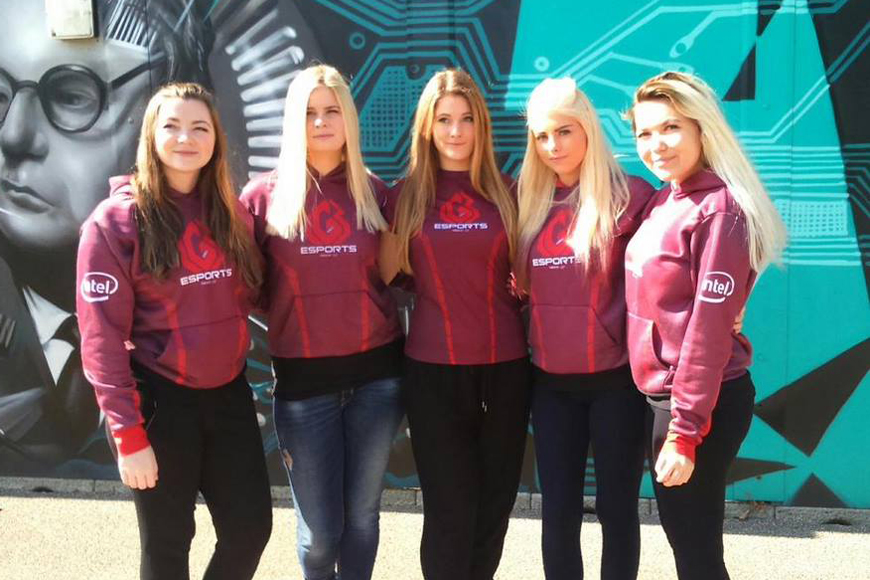
Today, women’s esports looks very different to what I witnessed back in 2016.
At Kato nine years ago, we had the $30,000 Intel Extreme Masters Katowice Challenge all-women CSGO tournament, won by WeRunThisPlace and CLG Red in second place.
This tournament was launched by ESL, Intel and diversity initiative AnyKey in 2015.
Great to see the spectator area full at the Intel Challenge female CSGO stage, but could be bigger #IEM Karma vs CLG pic.twitter.com/ytE6yAu3bR
— Dom Sacco (@Dom_Sacco) March 6, 2016
The last IEM Challenge Katowice tournament was in 2019, before it was dropped during covid in favour of the broader Pro Tour.
However, this year, Imperial fe became first all-women team to qualify for the main CS2 event at IEM Katowice. They played against Navi in the Blast Bounty prior to IEM, picking up 15 rounds but losing 13-7 and 13-8, and drew half a million viewers in the process.
Imperial fe fell in the Kato play-ins, with 2-0 losses to Furia and BIG, but had a good showing despite having their coach bubble stand in due to IGL tory being unable to play due to visa issues.
Imperial fe player zAAz said the team had fun and got a lot out of it, and that they can compete against tier one teams, especially if they get the chance to practice against these kind of teams more in the future.
Hege ‘Hedje’ Botnen from LGB Esports’ all-female CSGO team at IEM Katowice 2016, told me in an interview about women’s esports back then: “I think there are a lot of attitudes in the community towards women, because we are so few. I think many of them are pushed out by how they are perceived by the community.
“In the lower ranks of CSGO, there’s more harassment. When female players come into a lobby, they sometimes face this wall of harassment and can get talked down. That can be very discouraging and give them the feeling it’s not a fun game to play. But at the highest level, there’s almost none of it. I have no idea why this is, but it’s damaging to be met with that kind of attitude when you first come into a game. The more women that play, it will have a trickle down effect and improve.
“I don’t believe people want to be mean towards women, you just have trolls that will go off at anything. Being a woman, it makes you an easy target.”
“In the lower ranks of CSGO, there’s more harassment. When female players come into a lobby, they sometimes face this wall of harassment and can get talked down. But at the highest level, there’s almost none of it. I have no idea why this is, but it’s damaging to be met with that kind of attitude when you first come into a game.”
Hedje speaking to Esports News UK at IEM Katowice 2016
Hege also said things were even worse back in CS 1.6, and that things are changing for the better.
But they had, and still have, a long way to go.
Someone even asked this question in the 2016 press conference about the women’s tournament: “Do women want to compete with men? Because women may get disappointed with losing. And as we all know, they take disappointment worse than men.”
Thankfully, with more women competing in esports today, the rise of women-only tournaments like Valorant Game Changers and ESL Impact, and more awareness of (and campaigns against) sexism in gaming, esports is arguably more inclusive today than it was a decade ago. There’s also been rumours of Riot adding a Game Changers circuit to League of Legends for years now.
Women’s prize pools are also higher, in the hundreds of thousands of dollars, and the Game Changers Championship 2024 alone having $500,000, for example.
But while things did improve in some ways over the years, with more women’s tournaments, support, role models and talent in player and non-player roles, we are still not at the point I thought we would be.
Sexism is still rife on the server, judging from women streamers and players who share clips on Twitter, and we still have a serious lack of women talent in top tournaments.
However, it’s good to see more players involved, bigger prize pools and higher viewership in women’s esports tournaments today.
Has esports progressed like it should have?
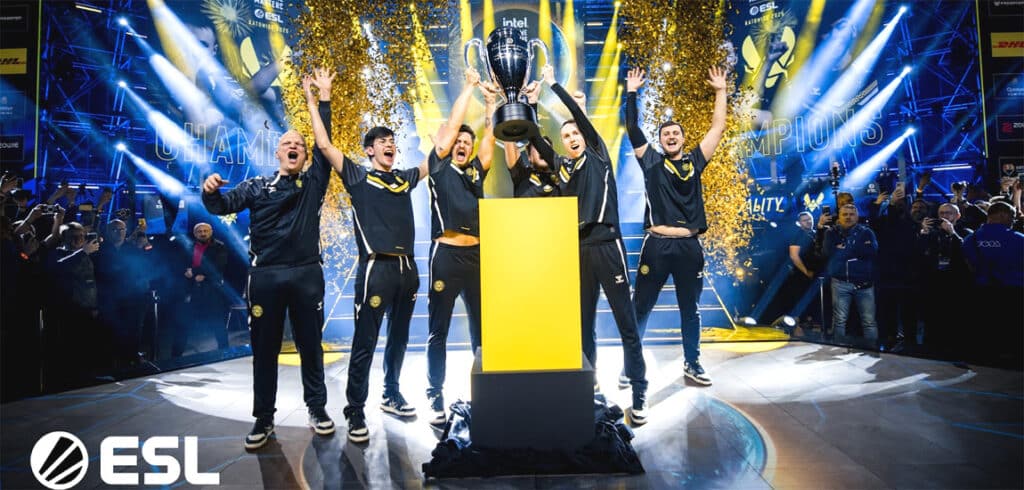
Sitting down to write this article gave me pangs of anxiety, for some reason. Maybe as an esports boomer pushing 40 it’s all existential, or perhaps it’s simply because looking back is telling me the painful truth that deep down, esports hasn’t progressed as well as it should have. But sometimes it’s useful to look back again before stepping forward.
I picked up League of Legends around 2012 and have been covering it since 2015. As a news writer your day-to-day focus is often on the micro over the macro, but writing something like this forces you to look at the wider picture, and accept it in the process.
Is esports today what I thought it’d be? Not really. There is still too much drama and incompetence, though perhaps there always will be, and I’m just old.
Have I lost some of my enthusiasm for esports over the years? No doubt. The difficulties, the job cuts and closures, the challenges of journalism, it all takes a toll. And I miss a lot of those orgs, teams and tournaments that have disappeared from esports in the past decade.
Does some hope and excitement remain? Of course.
I’m back, nine years on.
— Dom Sacco (@Dom_Sacco) February 6, 2025
Same hoody, same bald head, and… some enthusiasm for esports still remaining!
Big shoutout to @PredatorGaming for sending me out here! I’ll mainly be checking out the #IEM Predator showcase, but @FallingDarragh will be staying to cover the finals. https://t.co/HxY2QasiNE pic.twitter.com/MbpQg7mbTs
In 2016, I saw Faker and Rekkles competing, and Sjokz on stage as a host and interviewer – big names in the earlier stages of their careers.
Almost a decade later, they are still very much active in esports, Faker still winning World Championships, Rekkles still competing in Europe, and Sjokz still slaying it on the biggest stages. These are just three names in a broad esports ecosystem across multiple games, and this is all despite the challenges the industry has faced along the way. Time is a flat circle, so they say.
Okay, so xPeke took a literal back door out of esports without many noticing at the time, and IEM Katowice faces an uncertain future.
Several parts of the esports industry are fleeting. But the greats will always remain, whether it’s through their work now or the moments they made in the past. And this small indie journo hopes to be around for another decade in esports yet, to follow its highs and lows, the new moments made, and to see the next generation of talent emerge.
Where will IEM be in 2035?
Who the hell knows.
What I do know is that these moments, these greats and these future stars give me some comfort against the uncertainty of tomorrow, at least.
So, see you in the future, whatever that may look like.
Top Gambling & Casino Guides
Explore some of our most popular casino, betting, and gaming guides, trusted by UK players this year.
- Best Online Casinos in the UK
- Best Crypto Casino Sites
- Best Bookmakers 2025
- No KYC Casinos UK
- Non Gamstop Casino Sites
Dom Sacco, Senior Editor
Dom is an award-winning writer and finalist of the Esports Journalist of the Year 2023 award. He has almost two decades of experience in journalism, and left Esports News UK in June 2025. As a long-time gamer having first picked up the NES controller in the late '80s, he has written for a range of publications including GamesTM, Nintendo Official Magazine, industry publication MCV and others. He also previously worked as head of content for the British Esports Federation.
Stay Updated with the Latest News
Get the most important stories delivered straight to your Google News feed — timely and reliable
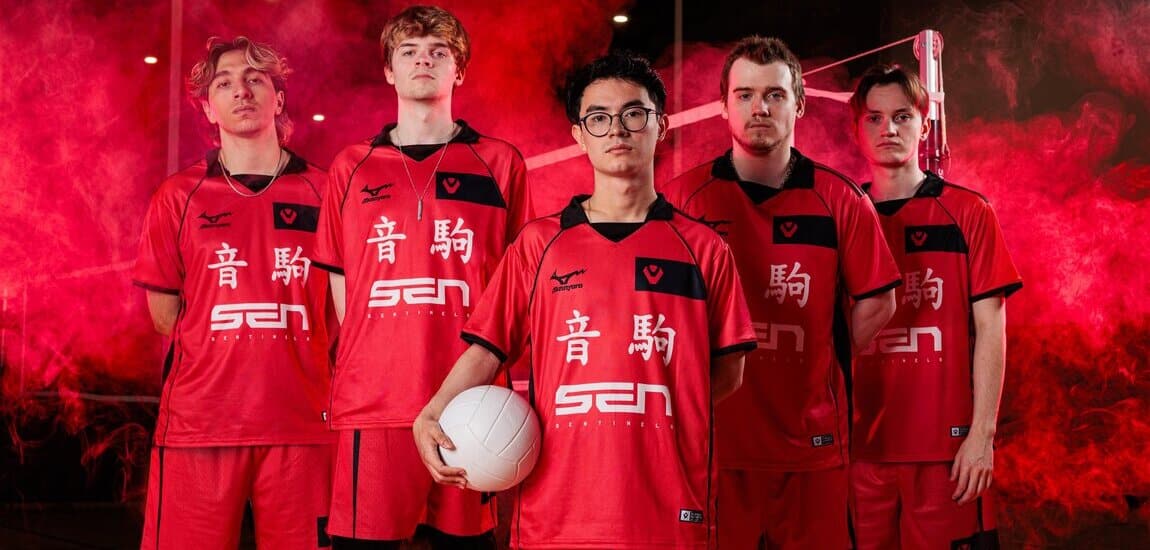
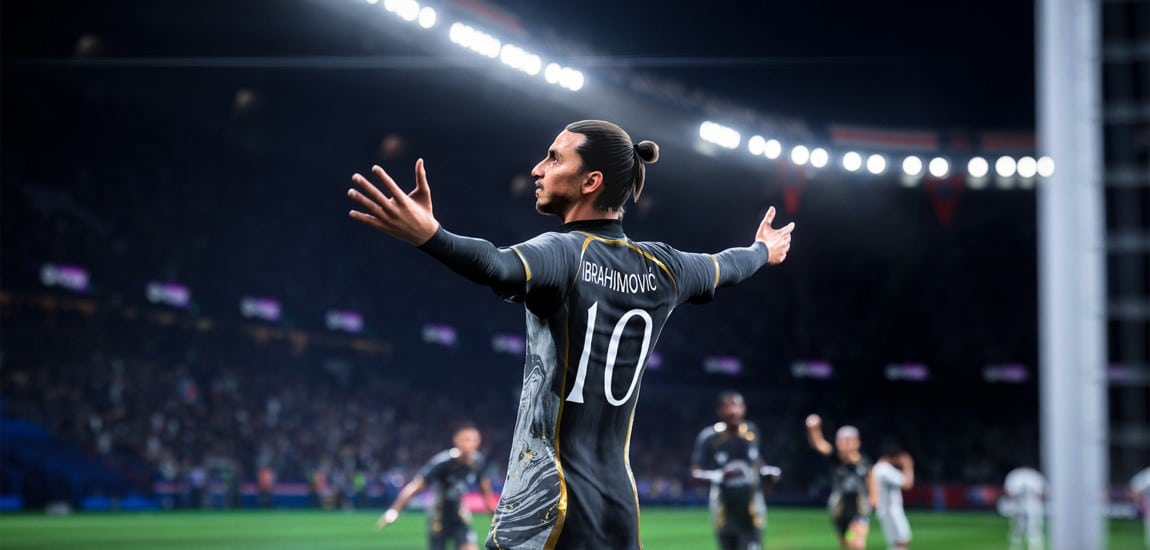
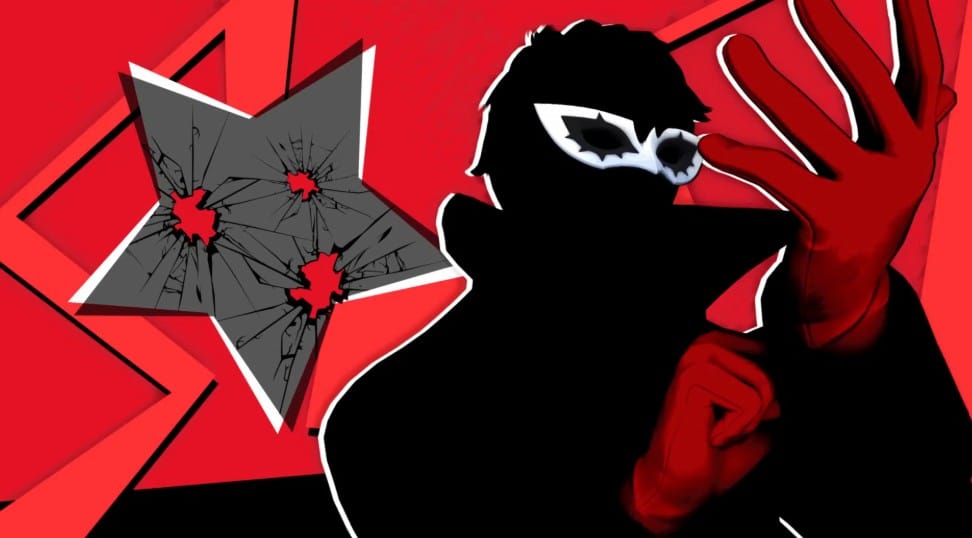
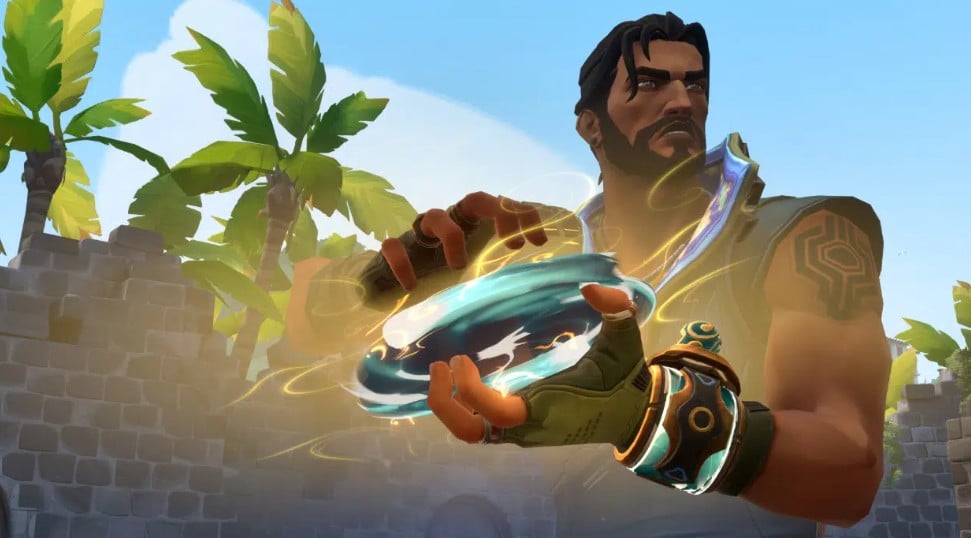
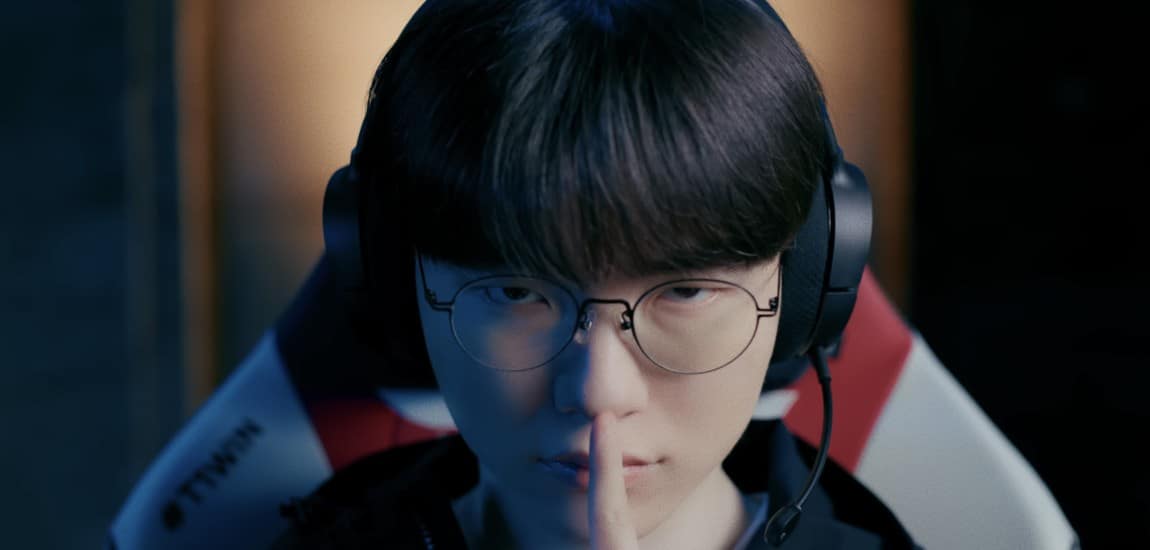
From breaking news and in-depth match analysis to exclusive interviews and behind-the-scenes content, we bring you the stories that shape the esports scene.
Monthly Visitors
User Satisfaction
Years experience
